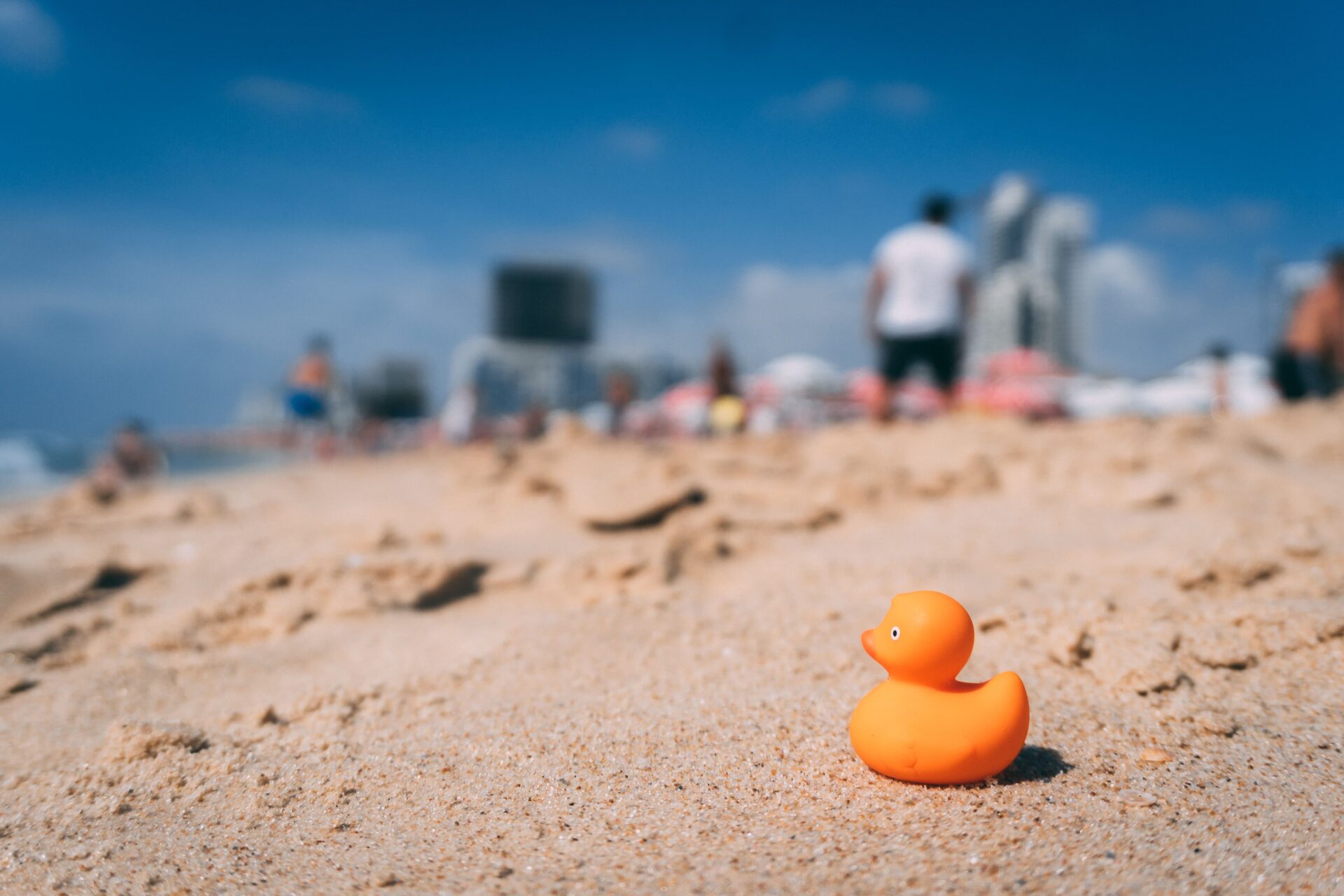How plastic toys are sabotaging our environmental efforts
The war on plastic is well under way in 2020 and we’re actually making some ground now that society is collectively aware of the dire consequences our globe will face if we continue on the same trajectory we’re currently on. Mindless consumption of single-use plastic is slowly starting to decrease and initiatives to halt its use are emerging world-wide. Consumers are using keep cups, metal straws, eco-friendly lunch boxes and eco-friendly cleaning products and people are finally starting to wake up.
There is however one phenomenon that is steaming full speed ahead with the ability to derail all of our conservation efforts it we fail to address it. That phenomenon is the toy industry and it’s privileged pardoning of plastic use.
Children receive plastic toys for Christmas, birthdays and Easter in addition to being gifted them in cereal boxes, at fast food restaurants and supermarkets. It’s a tradition that most of us don’t think twice about however it’s at the detriment of our environment. These toys are largely un-recyclable because of the multiple different materials making up their composition. They’re comprised of metals, wood and different plastics that often can’t be separated out and recycled appropriately. This means that the vast majority of toys purchased will at some point end up in landfill. The toys that survive their lifecycle in one home might be passed on to friends or donated to others but the stark reality is that most toys are made of cheap plastics, with flimsy bits and pieces that inevitably break and render them useless, prompting their disposal. Plastics The Mag reported that 90% of the toy industry is indeed plastic, leaving little room for sustainably produced toys.
The problem is the rate at which we’re consuming these products. We as consumers are creating demand for plastic toys at monstrous levels and we’re passing this consumerism right down to our children. Mattel, one of the world’s largest toy manufacturers has released figures that claim over 1 billion Barbie dolls have been sold globally, with three being sold every second. That is one toy company and their statistics. So, imagine where that leaves our environment if that is the rate at which we’re consuming ONE toy from ONE manufacturer. Lego has sold more than 325 billion units and Playmobil has sold over 2.5 billion units worldwide, adding to these figures the disposable packaging they come wrapped in.
In addition to the environmental threats posed by plastic toys, the health effects on children has recently come under scrutiny. Plastic toys often contain phthalates, a substance added to soften and increase flexibility of toys and which have been researched on their implications on human health. It is unclear on the exact effects phthalates have on health, however they’ve been linked to hormone changes, fertility issues and obesity among other issues.
Toys do bring immense joy to children and there’s no question about it, however children’s interests are ever-evolving and this makes it difficult to purchase toys that will stand the test of time and attention spans. When toys are tossed aside and more are purchased and gifted every few months to accommodate birthdays and holidays, it’s inevitable that they will no longer serve their purpose of entertainment.
Perhaps the solution is to simply become more conscious consumers when it comes to gifting. Instead of inundating our children’s toy boxes with plastics, consider a toy made from sustainable materials such as those manufactured by Big Future Toys or Yoxo Toys. Or alternatively, gift an experience such as ballet lessons or martial arts classes – you could just be gifting a lifelong skill or hobby!
Written by Ashleigh Lieberman

